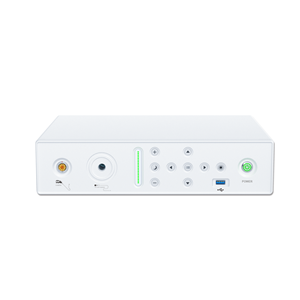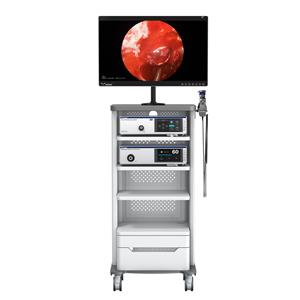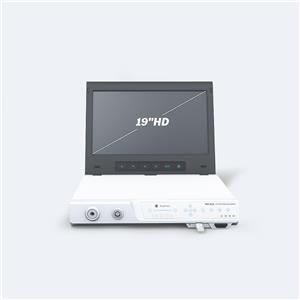Application of industrial endoscope in railway vehicle maintenance
The application of industrial endoscopy in the railway industry is very extensive, involving the development and manufacture of railway engineering vehicles and transportation vehicles, maintenance and repair and other fields, and even in the infrastructure process of railways, such as the construction and maintenance of bridges and tunnels. Applications for industrial endoscopes can also be found. Then in the maintenance work of railway vehicles, the main applications of endoscopes include gearboxes, hollow horizontal axles, motors, bogie side frames, bolsters and shock absorber springs, air conditioning and ventilation system inspections, etc.
1. Gearbox inspection
With the use and operation of the locomotive, it is inevitable that the traction gearbox will have problems such as gear wear and poor engagement, and in serious cases, the gearbox may even be scrapped and derailed. Using the industrial endoscope inspection method, using its bendable and oriented insertion tube, enter the gearbox through the oil quantity observation port of the gearbox to check the gear condition and whether there is foreign matter at the bottom of the gearbox. This inspection method can be very intuitive. The situation inside the gearbox is represented, and through the image recording function of the industrial endoscope, we are able to photograph and archive the inspected situation and enable remote diagnosis.
2. Inspection of traction motor
The traction motor of the locomotive is usually installed at the bottom of the locomotive, which not only starts and stops frequently, vibrates during operation and has a small installation space, but also bears the invasion of sand, rain, snow and dust. Generally speaking, the faults of the motor mainly include motor ring fire (caused by motor oil intake or poor brush breakage), insulation damage, bearing wear, winding group or lead wire, and brush frame connection breakage. During segment repair, we need to completely disassemble and disassemble the motor to complete the inspection, but after using the industrial endoscope, we can insert the industrial endoscope through the maintenance window or cooling hole for inspection to observe the oil stains, carbon deposits inside the motor, Bearing and lead condition.
3. Hollow shaft inspection
With the popularization and application of electrified high-speed trains, the application of wheel-set hollow shafts has also become very extensive. Generally, the inspection of hollow shafts is to first use ultrasonic flaw detection equipment to conduct flaw detection of the entire shaft, and find suspicious parts with corrosion, rust, wear and other damage. When the industrial endoscope is used to probe into the hollow shaft, the suspicious parts of damage are carefully inspected. Due to the observation and magnification effect of the industrial endoscope, the damage defects can be magnified by more than 35 times without image processing. It can find micro cracks as small as 0.02mm, and can use the binocular stereo measurement system of industrial endoscope to carry out on-site measurement of the length, width, area, depth and other data of the found defects. The staff can even use the random application software of the industrial endoscope equipment to complete the picture recording and video recording at the inspection site, and then re-inspect the defects through the computer in the studio, establish a backup of inspection files, and measure the defects again, so that Inspections are more accurate and make track-review comparisons a reality.





